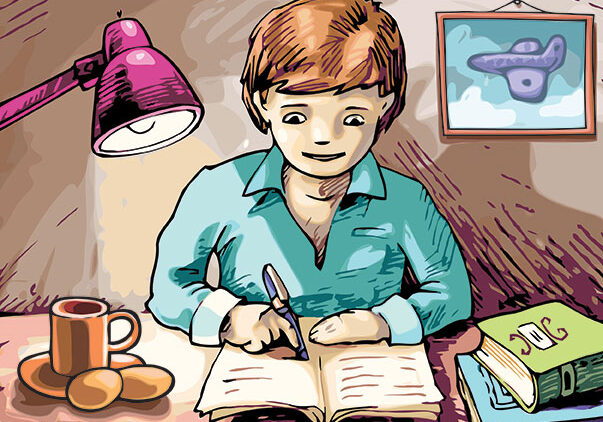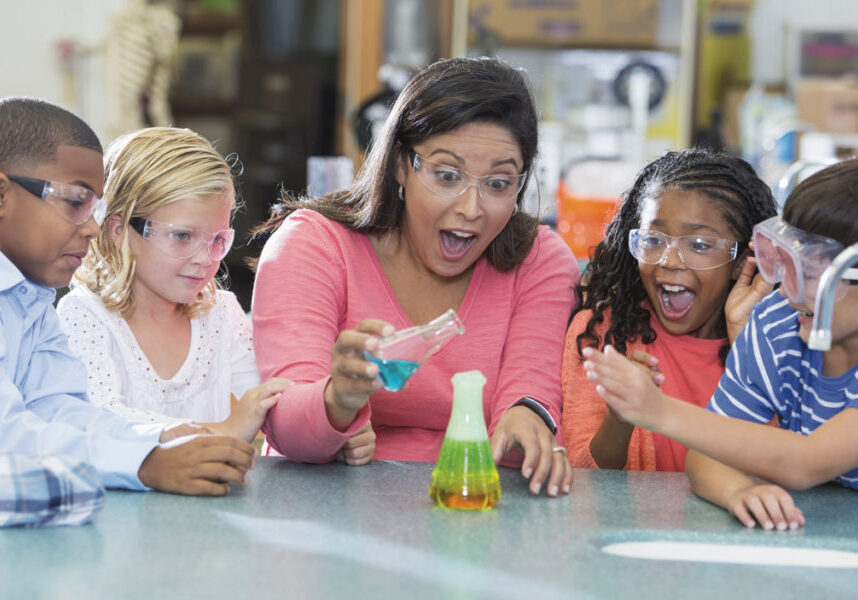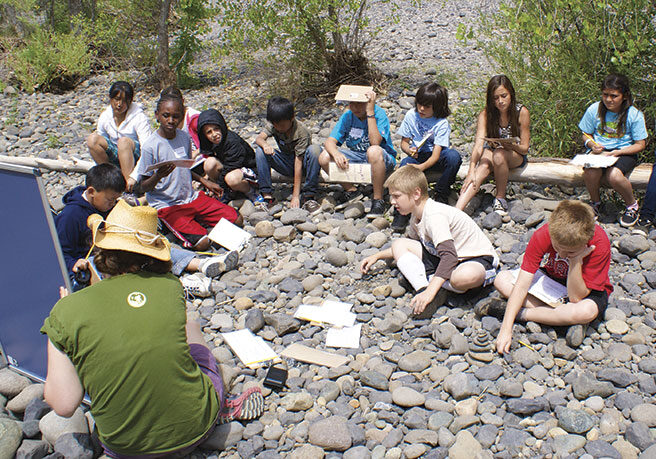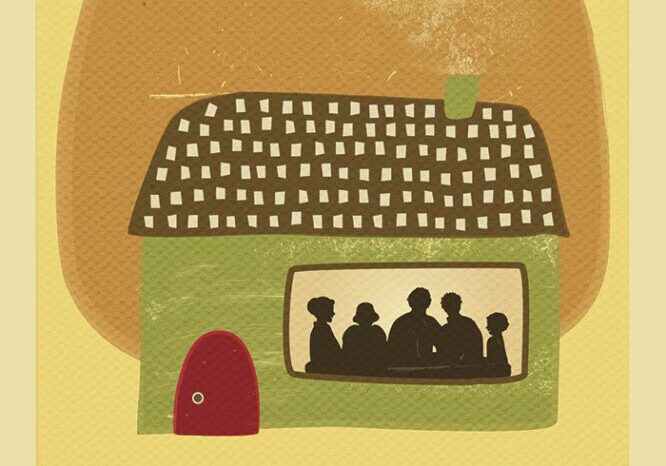Although new to some parents, many innovative teachers are using Project Based Learning, (PBL), a learning modality based on the completion of projects that answer a real problem or answer a challenging question through active exploration (learning by doing). At home this can look like cooking an item a “learning chef “wants to make, (chemistry), asking how to divide the last waffle into equal parts (geometry) or suggesting a way to handle a dispute fairly (interpersonal communication).
Teaching 21st Century Skills
PBL is a way of teaching and learning which more closely aligns with the skills that students need today and is a fun way to learn. PBL teaches responsibility and time management skills and emphasizes the importance of collaboration, whether with each other in a student group or by engaging experts in the focus area/subject. Students learn to use relevant technology and collaboration as needed. It is consistent with the skills needed in the 21st century; collaboration, creativity, communication and critical thinking.
In my high school classroom, I have added compassion as a first skill, and consequentialism – the idea that we need to be cognizant of the effect of our work on the future – as an important companion skill to compassion. The concept of consequentialism, set forth by the First People, will naturally lead to thought about the sustainability and future impact of our actions.

Working in Teams to Solve Real World Problems
Key to PBL success is to focus on a situation or issue that students care about and therefore are intrinsically motivated to solve. There are often many possible correct answers to a real-world challenge, and students can find a unique solution, either individually or in a group. PBL mirrors the expectation of the workplace where one often needs to work with others to solve problems and manage projects.
An example of PBL in an academic setting might be to design a better play yard or a school garden. Another example would be to provide the opportunity for students to collaborate on a presentation about a particular aspect of history, english, art, math or technology. In my high school business class, my students put together marketing tabletop displays to persuade their peers to adopt a new habit to help mitigate climate change. The whole school was invited to attend. After these presentations, students gathered data about the results of the specific suggested changes.
Parents can support PBL in classrooms by learning about PBL, offering to be an authentic audience at showcase, or offering to share their life experience and professional expertise with students in the classroom.
Project Based Learning has been proven to be a successful way to make learning authentic and engaging for students. To learn more about this innovative teaching method that makes learning fun and enriching, check out these resources:
Project Based Learning websites
Breanna Reynolds, a teacher at ThinkGLOBAL school, explains how PBL encourages curiosity and advanced thinking skills, and addresses misunderstandings about this teaching method.
- Buck Institute for Education (BIE). BIE is one of the leading organizations for materials around project-based learning, including research reports, videos of project examples and training materials for teachers.
- Get a quick overview of PBL in this animated video, Project Based Learning: Explained.
- Listen to students describe how PBL makes a difference in their lives in this video, “It Really, Actually Changed My Life.”
- Edutopia.org/project-based-learning-parent-resources: How parents can encourage and support their children — and their children’s school — in project-based learning.
Suggested Reading
- Creating Innovators: The Making of Young People Who Will Change the World by Tony Wagner. Offers insights for parents about developing the talents of young people.
- Engaging Children’s Minds: The Project Approach, by professors Sylvia Chard and Lilian Katz. Introduces the project approach to learning.
- An Ethic of Excellence: Building a Culture of Craftsmanship with Students, by Ron Berger. Makes a case for encouraging children to do “beautiful work.” He explains how a simple but powerful process for giving peer feedback helps children achieve greatness.
Posted in: Education
Comment Policy: All viewpoints are welcome, but comments should remain relevant. Personal attacks, profanity, and aggressive behavior are not allowed. No spam, advertising, or promoting of products/services. Please, only use your real name and limit the amount of links submitted in your comment.
You Might Also Like...

Keeping Your Child’s Love For Writing (Not Texting!) Alive
Glanced at your child’s text messages lately? No? How about her e-mails or online chats? If you take a peek, you’ll find plenty of sentence fragments, emoticons and shortcuts like […]

Closing the Gender STEM Gap
Chico’s American Association of University Women Supports STEM Education *Science, Technology, Engineering, and Math education (STEM) The path to women’s economic empowerment and independence is through education. Michelle Obama is […]

Schools and Children with Food Allergies – How Schools and Parents Work Together
Kathy Olson, a mom and internist, recalls the day she brought in a special cake for the lunch table her son Isaak shared with the other “allergy boys” in his […]

Counting Rocks with Kids & Creeks
“There is a location at Five-Mile Recreation Area, where, in winter and spring, some of the waters flowing down Big Chico Creek enter into a different channel and become a […]



